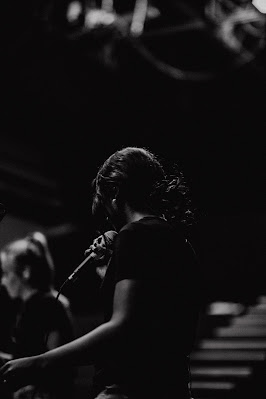An Introduction to Ghazal: ancient poetry, romantic couplets
'Chitthi na koi sandesh, jaane woh konsa desh, jaha tum chale gaye!’
Didn’t you feel teary-eyed? Didn’t you emotionally connect with the lyrics? You certainly did!
This lovely ghazal by the late Jagjit Singh Ji, is a true masterpiece. The song is soulful and describes the pain of losing a loved one. We have been used to listening to beautiful songs that Bollywood has gifted us, but are we aware of what is Ghazal?
What is Ghazal?
Ghazal is a poetic form that originated as Arabic poetry in the seventh century. This poetic form consists of rhyming couplets, which were first introduced in Urdu and Persian. Ghazal is an ancient term that originated in Arabic verse. Ghazals have always been regarded as a deep form of singing that depicts love, pain, and sorrow through its words.
Ghazals and their craze were revived in the early 1990s, resulting in the emergence of legends such as Pankaj Udhas, Jagjit Singh, Lata Mangeshkar, Asha Bhosle, and many more. One of the most wonderful compositions are 'dil-e-nadaan tujhe hua kya hai' and 'woh kagaz ki kashti.'
Ghazal Poetry:
Ghazals are famous for their rhymes. It is made up of intricate rhyme schemes. Ghazal's couplets all end in the same phrase or word. It is one of the most effective forms to express one's emotions. Ghazals were embraced by the medieval Persian poets.
Ghazal Structure:
Have you ever spent your evenings doing sher-o-shayaris with your friends? It is simply fun! However, Ghazals cannot be referred to as just poems, it has more than that!
Collection of shers form a ghazal. There are four rules that are being followed while the formation of this structure.
Sher
These are the 2 lined poems which are independent and have different themes. Shers seem to be a simple way of expressing an emotion. However, it takes a lot to think and to express.
Beher
The length of the shers are determined through Beher. The lines of Ghazals should be of the same length. Be it either short, medium or long, it is necessary for the lines of ghazal to be even.
Radif
We've all noticed that the second line of shers ends with the same word. Radif is the name for this repeating structure. In Hollander's ghazal, it is referred to as 'at the end.'
Matla
Matla is the name given to the first sher, which ultimately consists of Radif. Ghazals can have more than one matla, in which case the second line is referred to as Matla-e-saani or husn-e-matla.
Kafiya
Kafiya are words that have a rhyming pattern and come before the radif. Rhyming words in kafiya can be perfect or imperfect. If a ghazal does not contain radif, kaafiya is considered the last element.
Though ghazal is of ancient form, its popularity has been seen increasing over the time. Previously, there were not many available sources to learn it, but today there are multiple ghazal classes.
Romantic Couplets:
“Kis kis ko batayenge judai ka sabab hum… kis kis ko batayenge judai ka sabab hum… Tu mujhse khafa hai toh zamane ke liye aa… Ranjish hi sahi, dil dukhane ke liye aa. Ranjish hi sahi… Aa phir se mujhe chhor ke jaane ke liye aa…”
Don’t you think, these three lines clearly express the whole set of emotions that one could go through! That’s how beautifully, the romantic couplets have been ruling since ages.
If you are someone who has an interest in learning ghazal, you can search for online ghazal classes. This would give you various options to find the most suitable platform. There are a variety of music online classes available, which would help you choose the best option.
When it comes to learning music, Artium Academy is one of the best online music institutions, offering online music classes to help their students learn and excel. They also offer tabla online classes to those interested in learning the instrument. Despite being an online institution, Artium Academy has focused on molding students and getting the most out of them.



Comments
Post a Comment